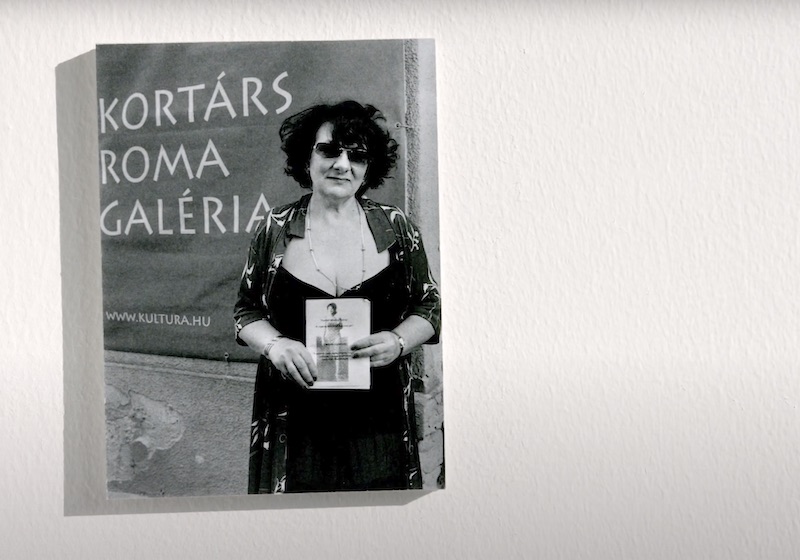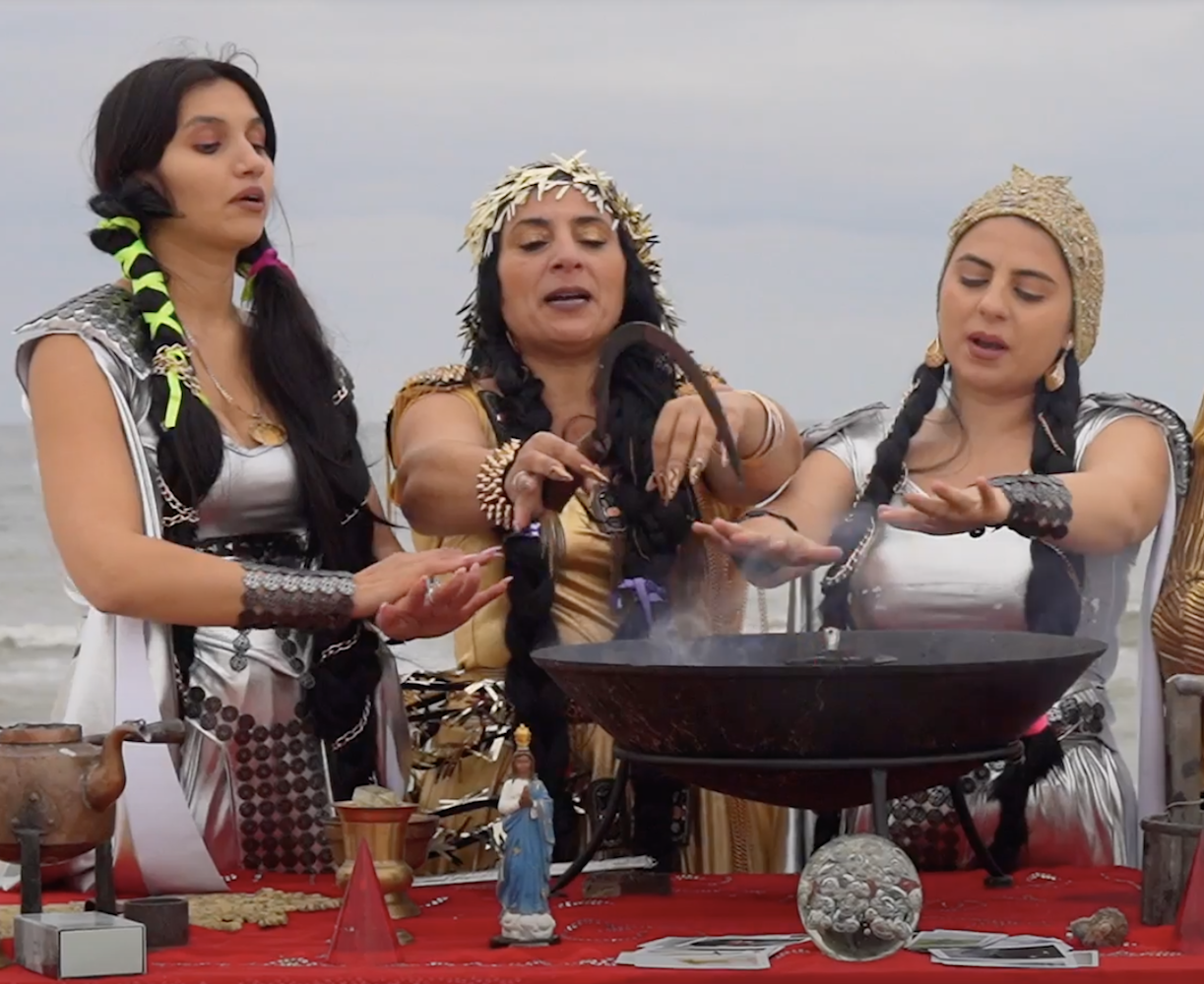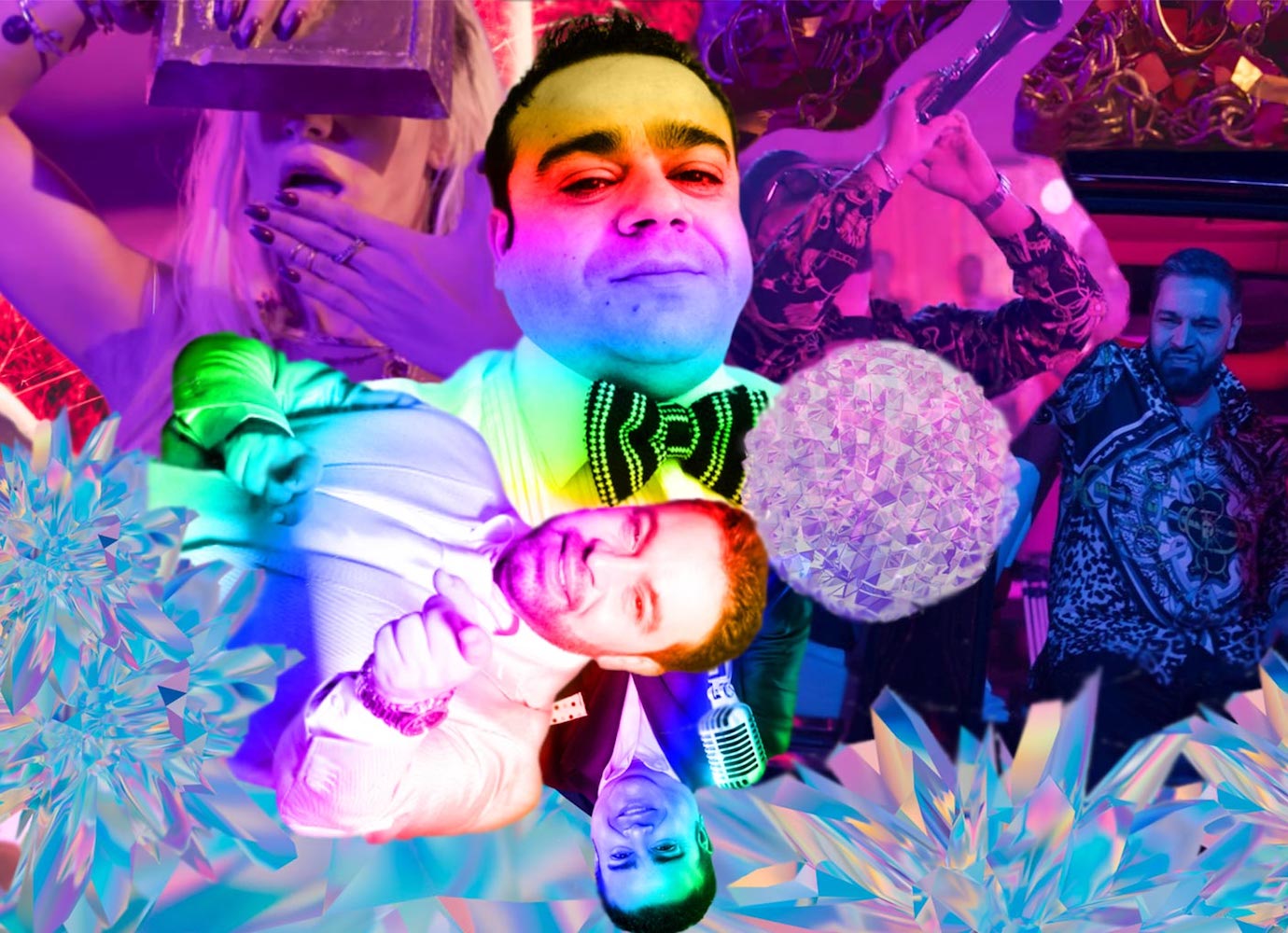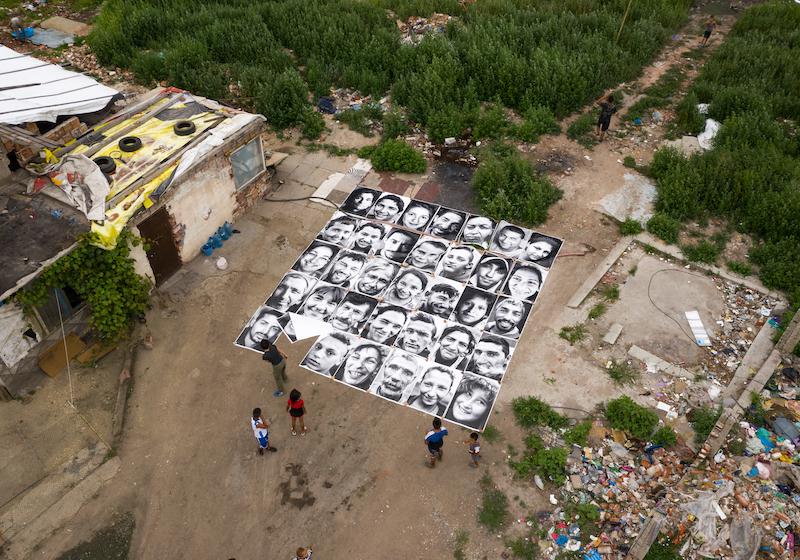RomaMoMa: what should a Roma museum of contemporary art be like?

The Roma are Hungary’s largest minority group, making up seven per cent of the country’s total population. Yet Romani people are excluded from the country’s public discourse and widely discriminated against in housing, employment, and education. Romani communities are kept segregated and often forced into poverty-stricken areas.
Negative Roma stereotypes still prevail even in the contemporary art scene. “Out of 94 theatres in Budapest, only four of them accept Roma artists to perform,” says Rodrigó Balogh, art director of Independent Theatre Hungary.
There are also few ways for Romani people to preserve their cultural heritage in a respectful manner. There is no dedicated Roma museum or collection in Hungary. “Currently there are 4,000 Roma artworks registered in Hungary, but there are no institutions or curated exhibitions to showcase them, despite the fact that Roma Hungarians are an integral part of the country’s history and nation as one homogenous community,” says Anna Lujza Szász. She is the curator of RomaMOMA — a new project taking place in Budapest’s 2021 Off Biennale. A collaboration between Roma and non-Roma artists, curators, and social scientists — along with the involvement and support of cultural and social institutions, including the European Roma Institute for Arts and Culture — it hopes to start the process of reclaiming Romani cultural heritage by organising a range of programmes and exhibitions to encourage social engagement. At its heart is the question: what would a Roma Museum of Contemporary Art look like?
The Calvert Journal spoke to the artists and curators behind the exhibition on giving back space to contemporary Roma artists as key culture-shaping forces.
Norbert Oláh
The Anxieties of the ‘Roma Artist’, and The Wall
Norbert Oláh’s biennale installation is a brick wall built in front of the building that once hosted the Roma parliament in Budapest’s 8th district. Each bricks is individually engraved with keywords from Oláh’s manifesto, The Anxieties of the ‘Roma Artist’: gypsy, integration assimilation, segregation, autonomy.
“The building was chosen by the government, who planned to turn it into a cultural institution. But today it stands ruined and empty. Plans to build the promised institution were cancelled,” says the painter and visual artist. “Choosing this location [to build my wall] was an open critique of power. The authoritarian Hungarian state solely finances people and institutions who echo their own propaganda. There are no institutions dealing with Roma language, theatre, history, or contemporary art.”
Oláh built the wall with his father, a construction worker. He sees the wall motif as a nod to ancient traditions and physical labour. “Most Romani people work at construction sites and in factories. They are building this country from the lowest social stratum. It is a negation of the stereotype that says Roma people are lazy and don’t work. Just take a look at construction sites, who are the people working there?”
Meanwhile, the words engraved on individual bricks embody the words and concepts built into the image of “Roma artists”. “The bricks are worth nothing in themselves, but built together they are strong,” says Oláh. “The words build into a wall of anxiety. But if we manifest our anxieties in art, then we can resolve these anxious inner monologues, turning them into dialogues.”
Independent Theatre Hungary
Frogtales punk opera performance
Independent Theatre Hungary raises awareness of issues that are excluded from Hungary’s mainstream media, culture, and education — including a lack of Roma representation in the arts.
“There are between eight and 10 million Roma in Europe alone, but Roma theatre or literature isn’t included on curricula, so students never learn about it. That lack of knowledge only deepens already existing stereotypes. We want to portray value-driven Roma heroes who prove they have the same virtues and challenges as everyone else, because we’re all living in the same society,” says Rodrigó Balogh, artistic director of Independent Theatre Hungary.
The troupe’s biennale performance, Frogtales, was inspired by a short film, Batrachian’s Ballad. Created by Portuguese director Leonora Teles, it follows the filmmaker as she breaks porcelain frogs taken from shop windows across Lisbon. According to superstition, the figurines are physical symbols to keep Roma people away from shops and restaurants.
“There are between eight and 10 million Roma in Europe alone, but Roma theatre or literature isn’t included on curriculums, so students never learn about it”
Inspired by Teles, Márton Illés wrote the short story World Frog, which Rodrigó Balogh turned into a play. Performed as an opera, it shows three generations of frogs who represent the prospects of Roma people in Hungary. The first generation looks after Norbert Oláh’s The Wall installation, while the second generation work as nightclub bouncers, slightly climbing the social ladder. The third generation represent the Roma artists who can exhibit at Off Biennale Budapest and are accepted artists.
Balogh hopes that the piece will probe the differences between assimilation and integration. Choosing to perform the play as an opera was also a conscious decision: “the last thing people would identify Roma culture with is opera,” he says. “In my personal opinion, being present and putting Roma heroes in the spotlight is very important,” adds Balogh.
Mara Oláh
!-Omara Occupies the Sound-space, curated by Andrea Pócsik
Mara Oláh (1945-2020) — otherwise known as Omara — was one of Hungary’s most influential Roma painters. “The oppression that Omara faced on multiple levels — as a woman, as Roma, and as a pensioner — were all intertwined. The main motif of her work is rebellion against being an outcast, and stigmatised,” says Andrea Pócsik, who is using RomaMoMa to create an exhibition of Omara’s work.
The retrospective reflects on Omara’s journey from Roma naïve painter to internationally-recognised contemporary artist. Her importance and the power of her voice are attested to by the institutions which exhibited her art during her lifetime: the Roma pavilion at the Venice Biennale, mumok in Vienna, the Rijeka Biennale. Currently, her work is also appearing in the Time Machine exhibition at the Ludwig Museum in Budapest.
The Roma MoMa exhibition was inspired by Omara’s paintings and life story, which will be told alongside the stories of other (largely Roma) women living in Józsefváros — an area of Budapest with a rich cultural and social heritage, and a high concentration of Roma residents. The show revolves are sound; both physically, in the form of sound art, and figuratively — Omara often inscribed words on her canvases. “She frequently uses exclamation marks, which became the title for the exhibition,” says Pócsik.
“In Hungary, social and political issues are gaining more and more emphasis in contemporary art due to the current political climate. Often using critical theory, Roma artists are also shaping the conversation about these issues. The phrases and words that white people use when addressing Roma artists is important, in order not to force them into certain stereotypical roles. The female rebellion of Mara Oláh made others much more receptive to these issues — Roma and non-Roma alike.”
Tamás Péli
Collectively Carried Out exhibition, curated by Anna Lujza Szász, Terézia Szűcs, and Eszter György
RomaMoMa will also exhibit Tamás Péli’s (1948-1994) artwork Birth for the first time. Covering 41 sq feet, the panel was completed by 1983, but until now has been stored away from the public eye. Curators from Off Biennale will work with the Budapest History Museum (BTM) to physically move and put together the massive panels.
The work itself will be shown at the Budapest History Museum, which Szász describes as an integral part of the Hungarian art infrastructure. “This space helps us to break away from viewing Roma art solely as ethnographic,” she says. “It brings Roma art and its absence to a public space: it writes itself into the Hungarian art canon, while reinterpreting and reinventing it.”


